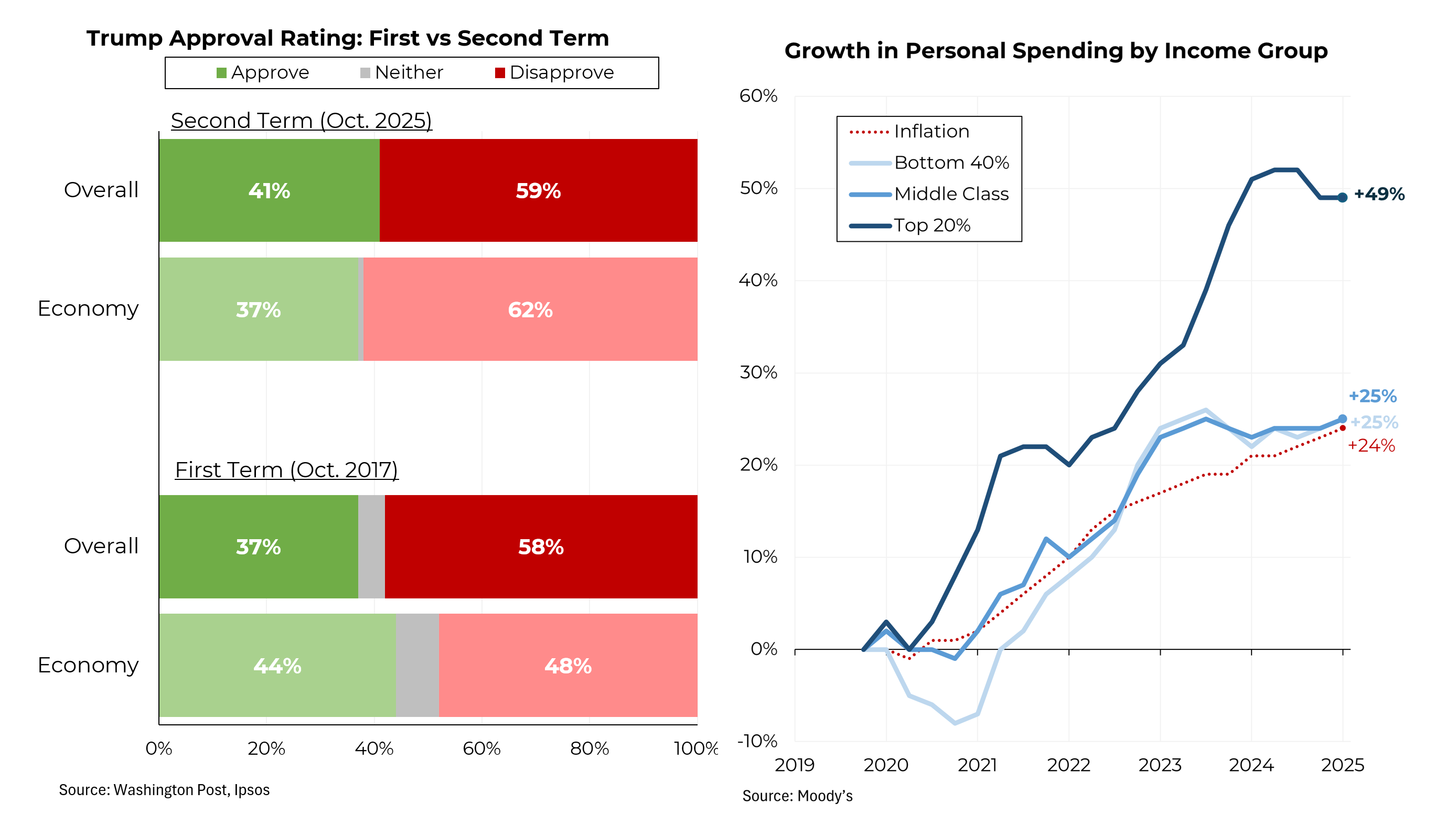In light of the San Bernardino shooting on Wednesday, Steven Rattner discussed gun ownership and gun violence in America on today’s Morning Joe.
It seems incontrovertible that the US has too many guns. Perhaps the simplest way to look at it is to compare gun ownership to population. By this measure, using estimates made several years ago, the United States has 4.4% of the world’s population of 7.1 billion but it has 42% of the guns owned by civilians — an astounding 270 million guns or one for every 1.1 Americans. Or more than two for each American household.
That’s part of why the US has had 355 mass shootings in the past 337 days. (A mass shooting is defined as an incident in which four or more people are killed or wounded.) That’s similar to the pace in past years — 336 in 2014 and 365 in 2013.
Another way to examine this is to compare the number of guns to the number of deaths in other developed countries. The red line shows that there is a direct correlation between the number of guns (per 100 citizens) and the number of gun related deaths (per 100,000 people.) The US is all the way in the upper right corner of this chart, with almost 113 guns per 100 citizens and 10 gun deaths per 100,000 inhabitants. (Note that this is a higher estimate of gun ownership than in first chart — different data series.) As you move down the line in number of guns, the number of guns owned declines and so does the number of gun deaths, until you reach countries like the UK and Singapore, which have few guns and correspondingly few gun deaths.
The experience of Australia shows that gun control can make a positive difference. In 1996, a gunman opened fire at a popular tourist destination on the Australian island of Tasmania and killed 35 people. Australia responded by reforming its gun laws. High powered rifles and shotguns were banned and uniform gun licensing requirements were imposed for the guns that remained legal. The country also instituted a buyback program, which resulted in the destruction of more than a million guns. Firearm suicides and homicides quickly dropped. In the decade following the passage of the new law, the firearms homicide rate fell by 59% and the firearms suicide rate dropped by 65% — and there were no increases in other types of deaths.








